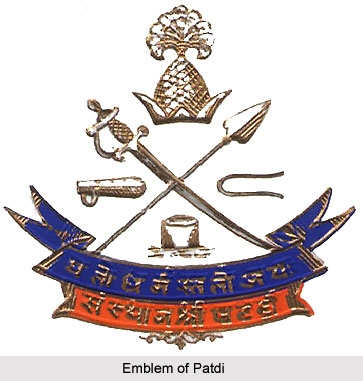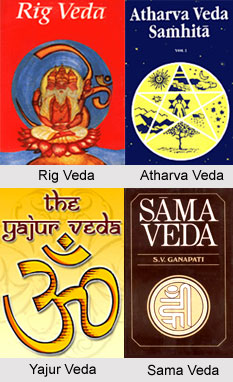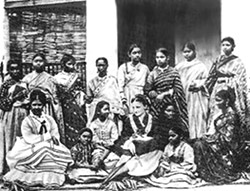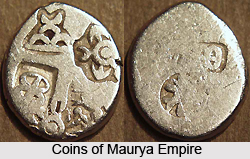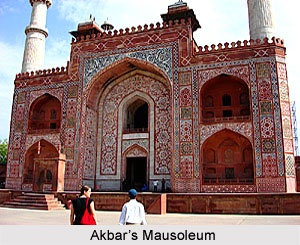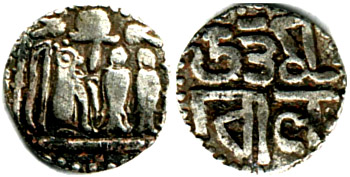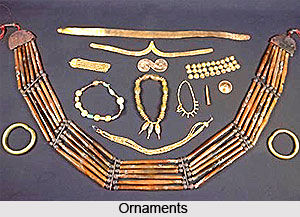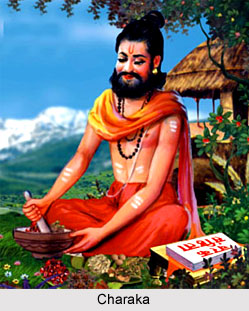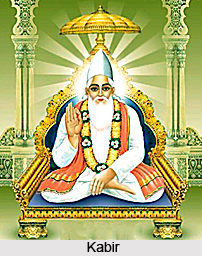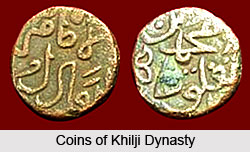Princely State of Jadawata was amongst the renowned princely states of India that was administered by a native prince under the guidance of the British authorities. The princely state was under the indirect control of the British Empire in India. Jadawata state was also known as Jarawata, Jadavata and Jaravata. At present the region is located near Narena and Dudu in the district of Jaipur, in Rajasthan state, India. It was a Princely Thikana of the Thakurs of Kachwaha royal family, Khangarot dynasty. It was sub- dynasty of Bhakarsinghot during the pre-independence period. The region was situated near Narena in Dudu Tehsil of Jaipur. The ancestor of the Khangarots, Raja Sahib Rao Khangar, which contained one of the Bara Kotri or 12 Chambers of the Kachhawa or Kachwaha royal family.
The native ruler of the princely state of Jadawata held the title of Thakur. Raja Sahib Rao Khangar was married and had 13 sons. He died in the year 1584. Thakur Bhakar Singh of Sakhun, his 8th son, was married 10 times and had 8 sons, the Bhakarsinghot sub- clan of Khangarot clan of Kachwaha royal family. Thakur Dwarkadas of Tilorna, his son, married 2 wives, and had issue, 5 sons and their progeny settled in the district of Jaipur near Dudu, Narena and Diggi. During the reign of the British East India Company, the state was appointed as a princely state under the administrative supervision of the native ruler. The rulers of Jadawata managed the internal affairs of the state, while the British Political Agent, also known as the Resident of British India, supervised the association of the territory with the British authorities and other princely states.
The chronology of the rulers of the princely state of Jadawata are discussed below-
Thakur Lakhteer Singh of Jadawata
Thakur Lakhteer Singh of the Thikana of Jadawata went to combat with Maharaja Madho Singh of Jaipur state. As reward for his victory, he received the village of Gangadwari, located near Bandikui. He was married and had one son named Thakur Kishan Singh Ji.
Thakur Sahib Pane Singh of Jadawata
Thakur Sahib Pane Singh was well known for his expertise in the art of ancient Indian Vedic, puppetry and medicinal knowledge. He was married to Kesar Kanwar Baisa of Thikana Dobri and had 3 daughters, namely Ba Sahiba Umaid Kanwar Baisa, Ba Sahiba Saubhagya Kanwar Baisa, Ba Sahiba Lad Kanwar Baisa.
Thakur Gopal Singh of Jadawata
During the reign of Thakur Gopal Singh, several progressive reforms were undertaken for the development of the princely state of Jadawata or Jarawata. He was married twice, firstly to Mayapur Thikana of Marwar and secondly to Cheevli Thikana of Jaipur. He had 7 sons and 2 daughters.
After the withdrawal of the British and the partition of India in the year 1947, the Princely State of Jadawata was acceded to the newly formed Union of India, also known as Dominion of India.



